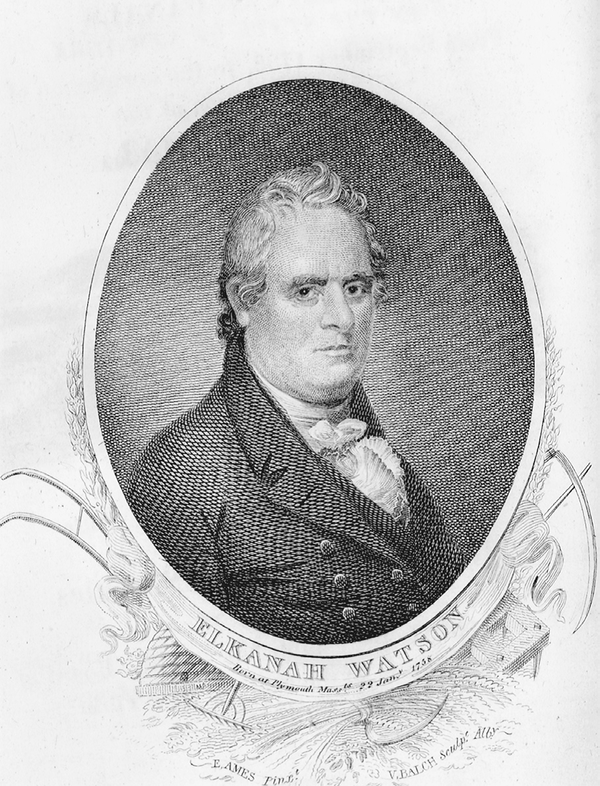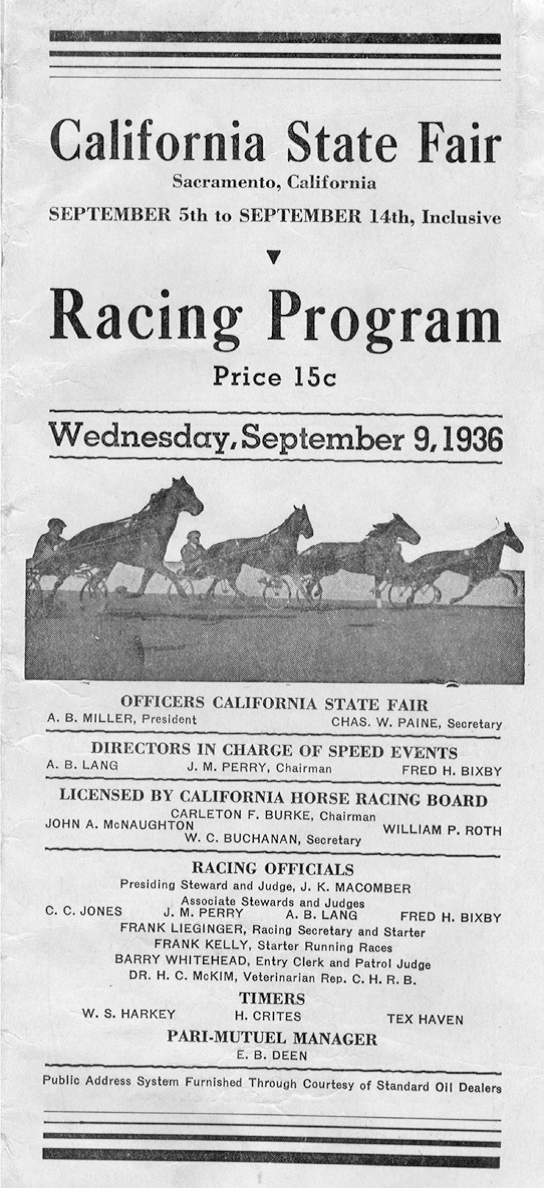The Roots of the American Fair
Like many words in the English language, the word “fair” can be traced back to Latin roots. Most likely taken from the Latin feria, which means “holy day,” the earliest fairs were days marked for leisure and religious celebration. Thought to have begun in the Roman Empire, the feriae were a series of religious days that were acknowledged and funded by the government. These public holidays often consisted of games, competitions, and other festivities.
By the Middle Ages, the Roman feriae had evolved into a venue for foreign merchants to not only gather together, but also buy, sell, and trade their goods with the public. These fairs combined the historic festivities with temporary markets, and were often tied in with a Christian religious day, such as a Saint’s Feast Day, and held at local parishes. The combination of commerce, religion, and festivities became the hallmark of Medieval fairs, which remained popular for several centuries.
The First American State Fair
As time passed, fairs moved away from their early religious associations, and began to focus more on agriculture, competition, and education. In the US, agricultural fairs did not begin to catch on until the early 19th century, when the first American fair was held in Pittsfield, Massachusetts. This early fair, organized by Elkanah Watson in 1807, was a small affair consisting of only sheep shearing demonstrations.

At Watson’s urging, other area farmers began to showcase their livestock at public gatherings, where they were then judged and awarded for the quality of their animals. Watson further developed his vision of what would become county fairs over the years, later including activities for men, women, and children, and allowing merchants to sell goods at the event.
Watson’s ideas quickly spread, and many small rural communities began holding their own versions of fairs throughout states in the Northeast and Midwest. By the mid 19th century, these gatherings had gained enough popularity that the state of New York organized the first State Fair at Syracuse, NY in 1841. The first American State Fair was held for two days in September, and focused on educating attendees about agriculture, featuring animal exhibits and speeches.

In addition to educating fairgoers, New York’s fair also featured samples and products for both farms and homes, again mixing the agricultural education and commerce that would come to define American fairs. The first fair was a great success, drawing in between 10,000 and 15,000 people. Today, The New York State fair is still one of the most popular events in the country, lasting for nearly two weeks before ending on Labor Day.
Technology at the Fair
As their popularity grew, technology also became important at fairs, as they were large enough events to showcase new technologies like electricity and airplanes. For many attendees, fairs were highly-anticipated summer events, and family farms would plan for months to be able to afford time off at the event. For these families that lived far from the city, the annual fair was an update on modern science, as it was often the first time technologies had been made available to them.
In addition to technology, entertainment acts also came to the forefront at fairs, with music performances taking center stage. These music acts were also accompanied by carnival rides, vaudeville entertainers, and other general amusements. As a result, fairs became a time not only for educating the public on agriculture and for various competitions, but also a time for farmers to educate themselves on technology and the burgeoning American culture.

County and State Fairs Today
Since Elkanah Watson’s first small county fair in the early 1800s, fairs have shown few signs of decline. Today, there are approximately 2,000 county and state fairs nationwide. Some of these fairs, such as the State Fair of Texas and the Erie County Fair in New York, continually draw in more than 1,000,000 attendees each year, making them some of the most greatly-attended events in the country.
While the main draw of many modern fairs are the extensive midways and live performances, a number of fairs still feature an educational component. Groups like 4-H and the Future Farmers of America encourage young people to participate in agriculture, and offer both educational demonstrations and competitions at a number of yearly events.
In addition to a wide variety of entertainment and expos, new technologies are also still featured at many events, like the Los Angeles County Fair, where eSports and the Science of Rock Candy are two modern exhibits. Other events focus on showcasing little known products at their yearly bazaars, where shoppers can peruse a variety of novelty items.
Since their early days of sheep shearing, agricultural fairs have grown vastly to serve many purposes. Focused on providing fun, education, and engaging entertainment for all who attend, county and state fairs symbolize to many an exciting summer pastime.

